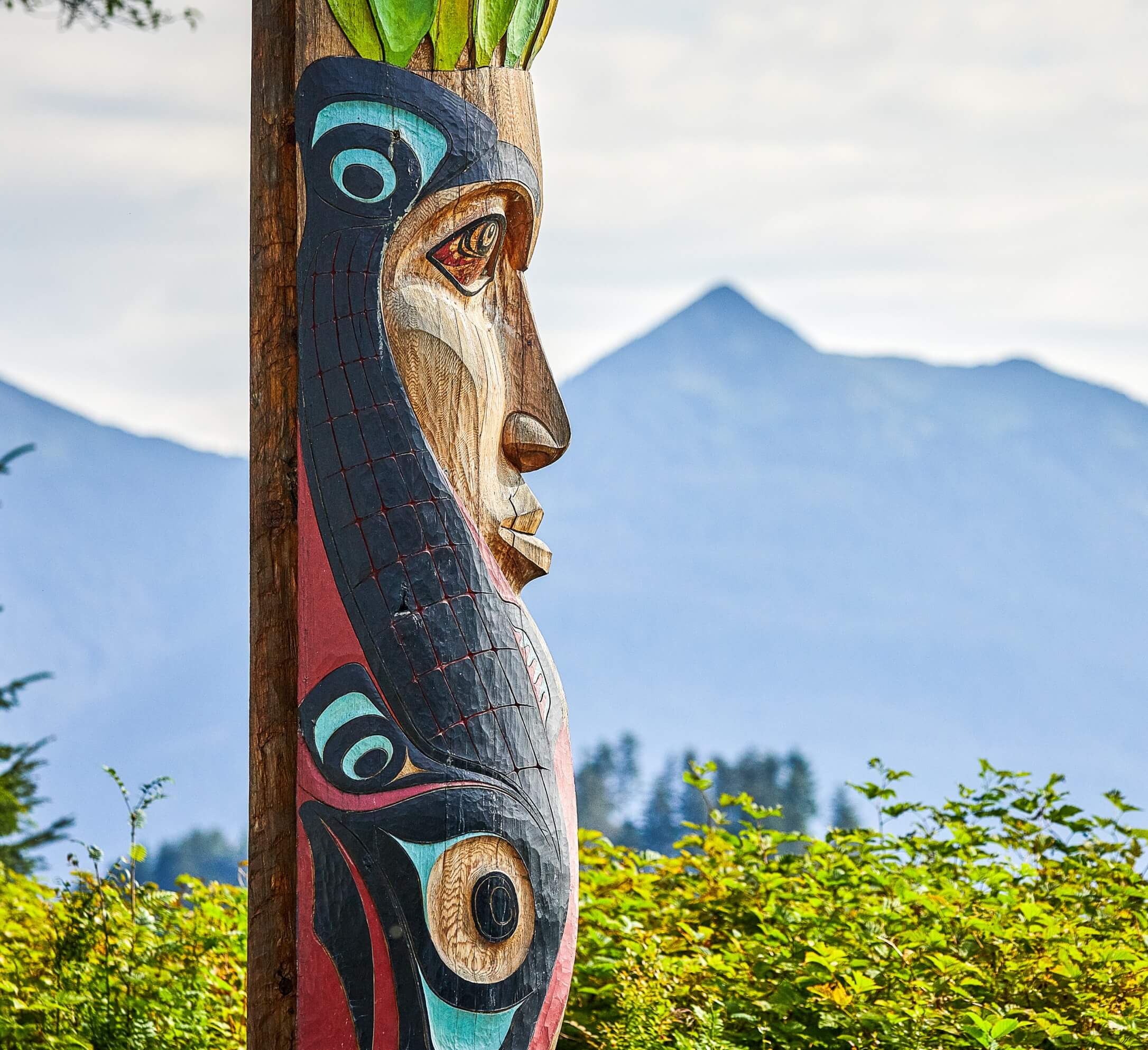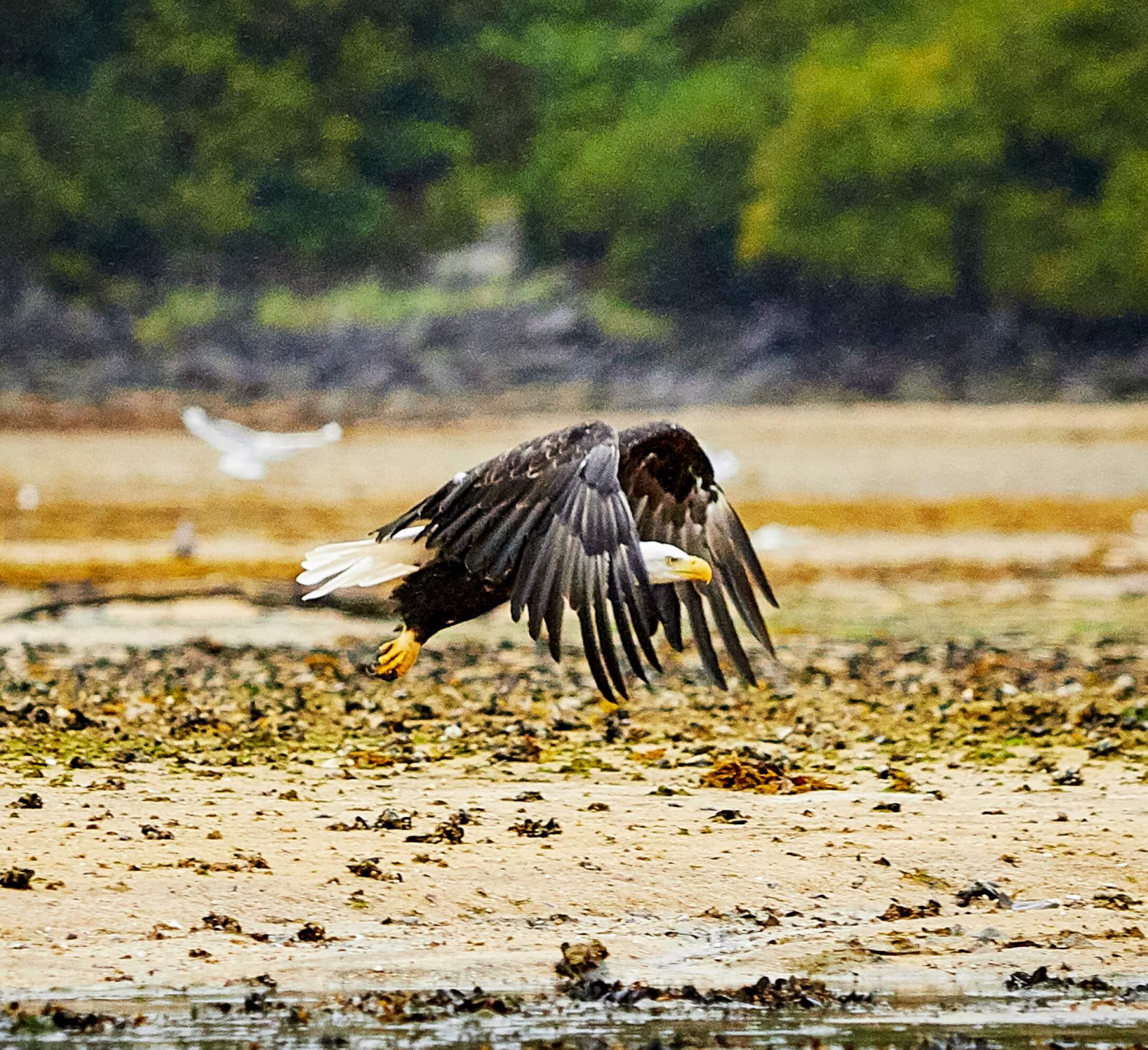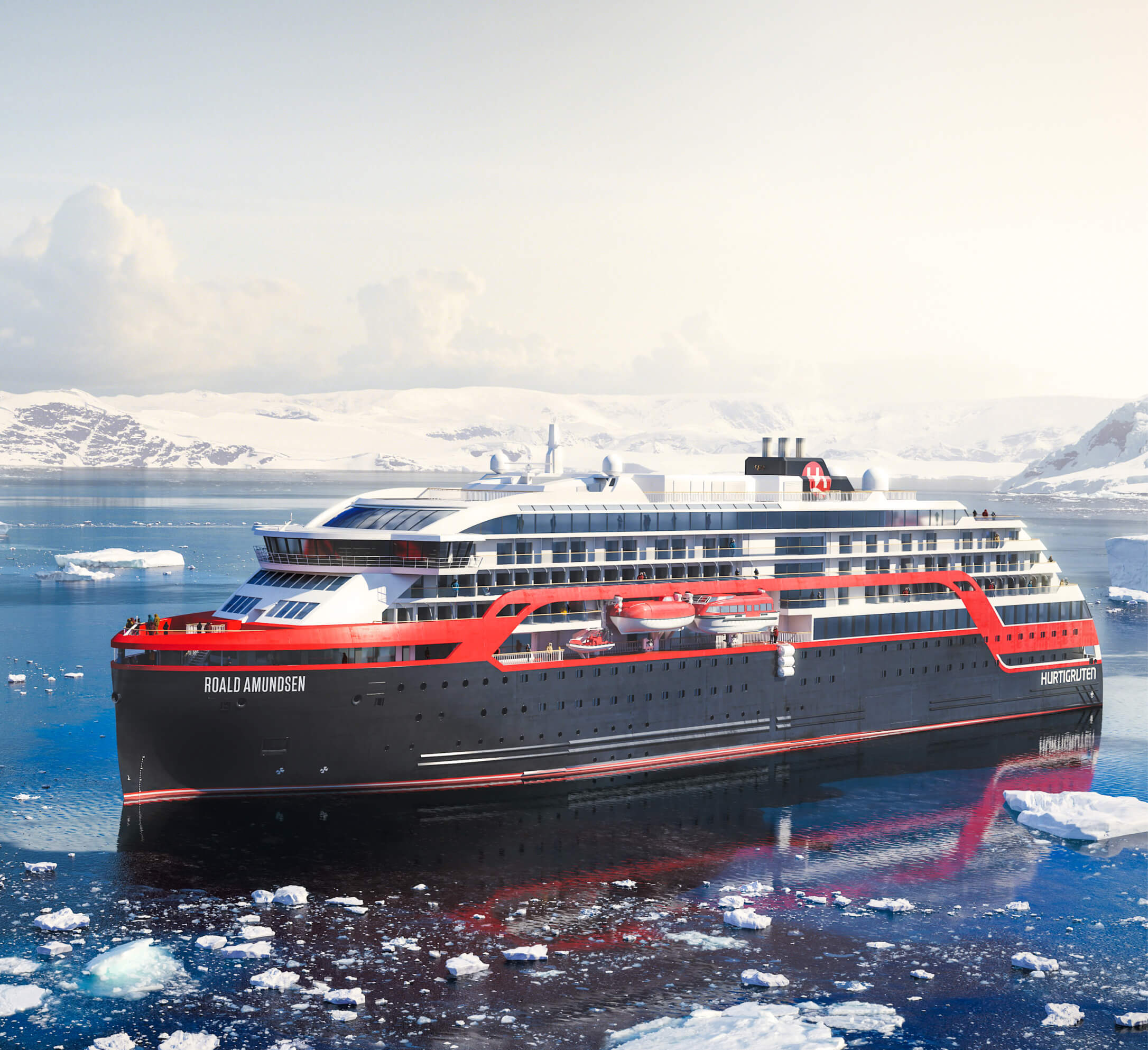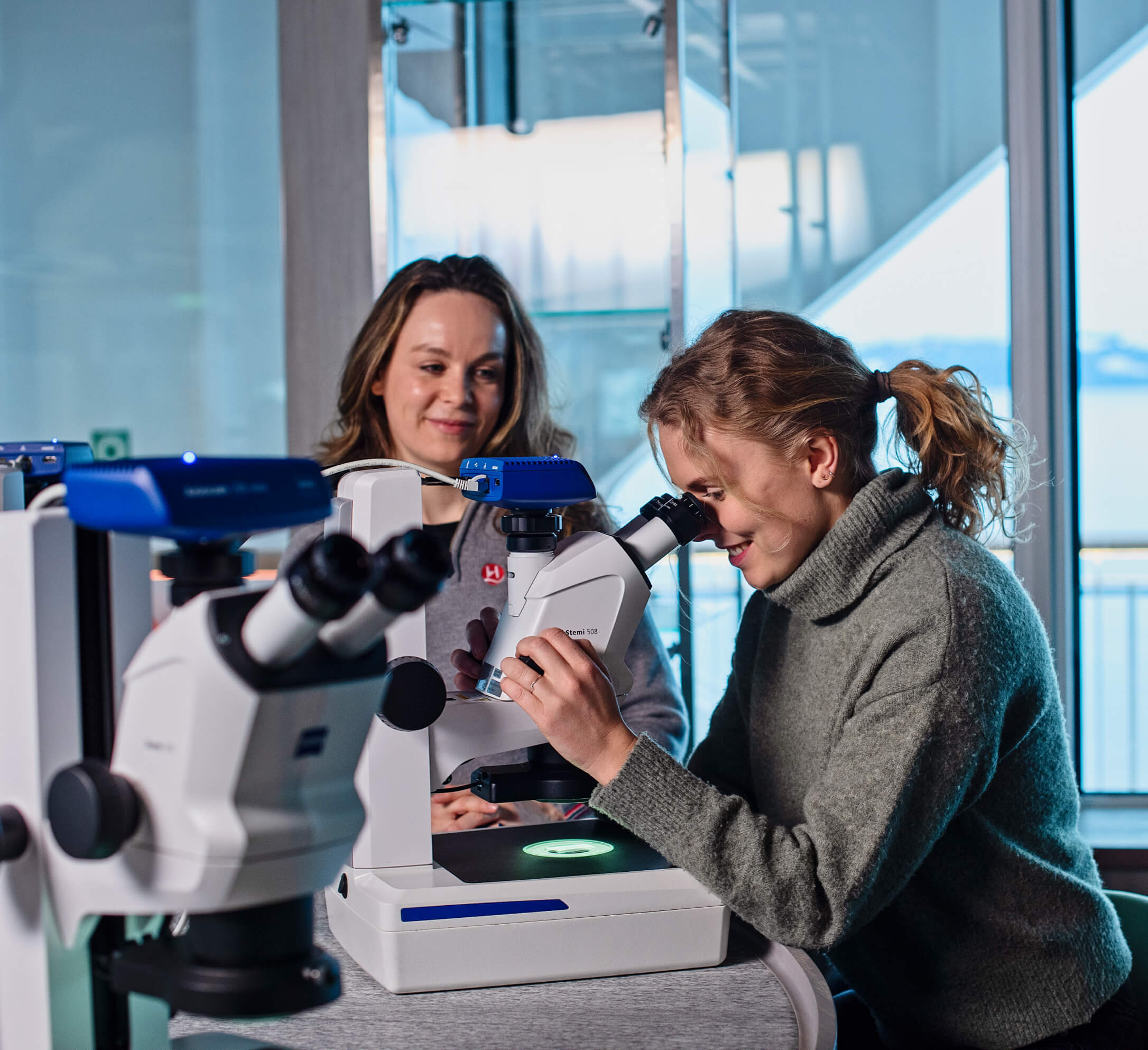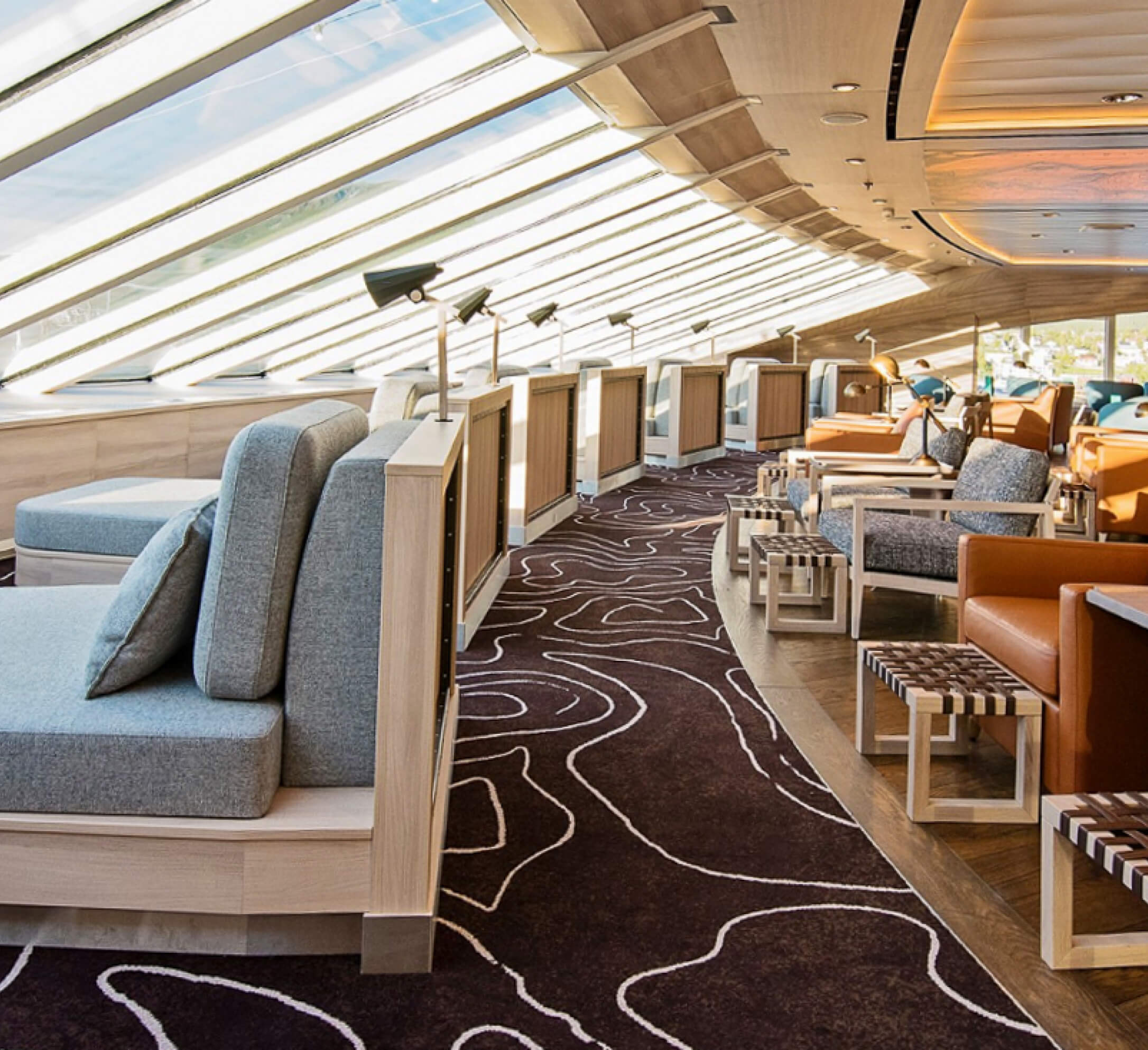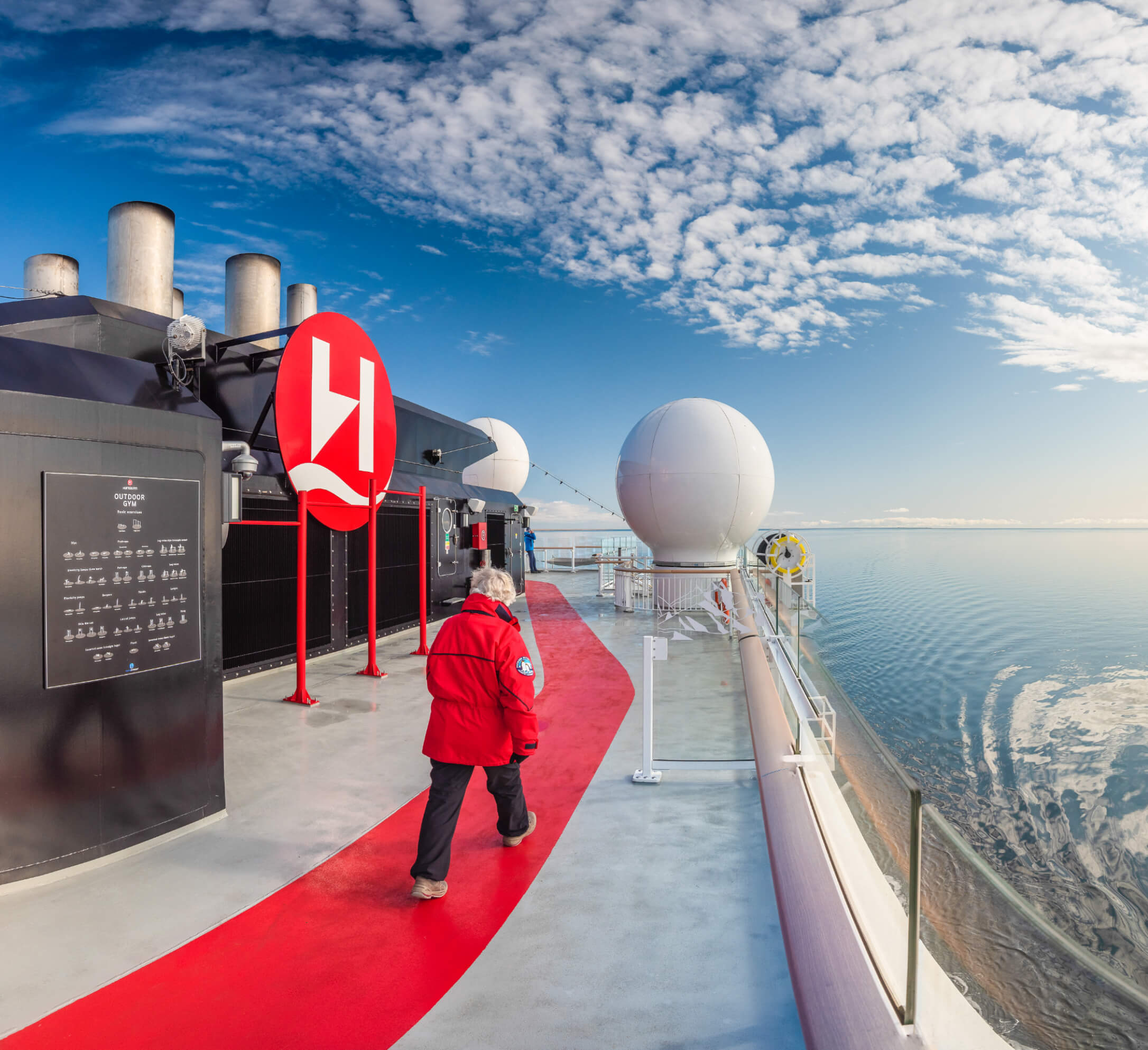Day 1
Anchorage, Alaska
Take your time to explore the largest town of Alaska before an overnight
Your expedition begins with an overnight stay in fascinating Anchorage, largest town in Alaska. Surrounded with towering mountains and rich wildlife, this city gives you ample time to explore adventures on your own, before settling in for the night. If you’ve time, or think of arriving to this town little earlier, explore Denali National Park as part of Pre-programme with us!
Day 2
Anchorage to Seaward, Alaska
Transfer to Seaward for embarking your expedition ship, with a brief stop at Alaska Wildlife Conservation Center
Traverse through the amazing scenery of spectacular backcountry from Anchorage to the lively fishing town of Seaward. The route between Anchorage and Seward is also known for sightings of the impressively horned Dall sheep. Sitting on the Kenai Peninsula at the head of Resurrection Bay and beneath Mount Marathon, Seward boasts incredible natural scenery. It’s the gateway to Kenai Fjords National Park, a vast mountainous area which contains one of the largest ice fields in Alaska.
Along the way visit the Alaska Wildlife Conservation Center. Surrounded by mountains and glaciers, this sanctuary in Portage Valley is dedicated to preserving Alaska's wildlife and rehabilitate orphaned or insured animals. You can view bears, bison, moose, caribou, elk, eagles, owls, musk oxen and a variety of birds.
Once at Seaward, we embark the ship to lead rest of expedition by the sea.
Day 3
College Fjord
As we sail through this less visited fjord, look out for the many variety of glaciers
A true expedition day awaits as our captain chooses a scenic route through natural wonderland, with its impressive collection of glaciers. We spend the day in the northern sector of Prince William Sound, home to five magnificent tidewater glaciers, five large valley glaciers, and a dozen smaller ones. From afar, the glaciers appear as frozen waterfalls, tumbling slowly down the black rock of the Chugach Mountains into the blue seas below.
Harvard Glacier is the largest among the glaciers to be seen here. Its face is 200-feet-thick and over a mile wide. We’ll get as close as we safely can to these natural wonders, provided wind and waves are favourable.
As we weave our way through this less visited fjord, look out for wildlife, including humpback whales, bald eagles, otters and sea lions which are often spotted in this remote area. There is also a possibility of small boat cruising on the fjord, or even kayaking as an optional excursion.
Day 4
Icy Bay
Watch the prominent tidal glaciers as we aim to explore Guyot glacier depending on conditions
Icy Bay lives up to its name. Located near Prince William Sound, the spectacular scenery here formed in the past 100 years with the retreat of three prominent glaciers Guyot, Yahtse, and Tyndall which still feed ice into the bay. he area here was once a giant tidewater glacier that ran directly into the Gulf of Alaska. The bay has only become accessible to ships in the past 100 years or so.
Our aim will be to visit the 55-km-long and 13-km-wide Guyot Glacier, depending on the amount of ice along the way and the local weather conditions. You’ll hopefully be able to go ashore as near to the glacier as is safe or explore the waters on kayaks as part of an optional excursion.
As ever, we’ll be on the lookout for all the awesome wildlife that abounds in the Gulf of Alaska, including humpback whales, orcas, Stellar sea lions, sea otters, harbor seals and many others.
This tough and rugged area is only matched by its natural beauty and there will be ample photographic opportunities throughout the day. The harbor seals, in particular, love to laze on floating ice.
Day 5
William Henry Bay
Today we make it to the heart of Inside passage, with chances to sight brown bears, dense forest and hopefully whales
In the morning expect the captain to wake you up with calls to sight friendly whales, as we pass by Point Adolphus. The nutrient rich waters here are famous for attracting large numbers of humpback whales, as well as other marine life. You’ll hopefully see why Point Adolphus is known to be one of the best places for whale sightings in North America.
Later we reach the heart of inside passage. We head ashore to this beautiful anchorage with our small expedition boats and explore the wilderness lined with old-growth forest with local guides. This area is also the prime habitat of brown and black bears, wolves, mooses, Sitka black-tailed deer to name a few, so keep your eyes open and lens ready!
Day 6
Haines, Alaska
Explore this famed community's hidden surprises, home to Chilkat Tlingit people
Situated in the northern part of the Alaska Panhandle, Haines sits beside the Lynn Canal deepwater fjord and is the epitome of picturesque. Home of the Chilkat Tlingit people, who are well-known for weaving mountain goat fur and yellow cedar bark into intricate designs, Haines is famed for its lively artistic community and hidden surprises. Totem carving, silver work, sculpture and photography are just some of the art forms you can see here.
Haines is also ideal for adventurers seeking hiking and wildlife spotting opportunities. Known as the ‘Valley of the Eagles’, Haines attracts numerous bald eagles, and the varied ecosystems also support bears and moose.
If the offbeat and quirky appeals to you, check out the Hammer Museum – it’s easy to spot, just look out for the giant hammer!
With numerous attractions to try and see, We stop by here the whole day, as you explore it end to end.
Day 7
Tracy Arm Fjord / Endicott Arm, Alaska
See typical Alaska - lush green fjords surrounded with icebergs at the end. We hopefully explore via small boats and kayaks
As true gems of Southeast Alaska, these steeply walled fjords feature lush greenery and intricate icebergs that have calved from larger ice at the end of the fjords here.
We’ll have a choice of exploring either Tracy Arm or Endicott Arm. These fjords are among the lesser-known gems of Alaska due to their relative inaccessibility for larger vessels, and when you see them, you’ll appreciate just how special they are.
The waters are often so calm they look like a mirror reflecting the sky and the mountains around them. At the end of each fjord is a calving glacier, pushing beautiful fresh icebergs out into the tranquil waters, some as tall as buildings.
Tracy Arm is the home of the combined North and South Sawyer Glaciers while Endicott has the Dawes Glacier. Both arms promise rugged and radiant blue-ice glaciers and icebergs against a stunning backdrop of Alaskan forests and towering cliffs.
Endicott Arm is one of the largest breeding grounds for harbor seals and they can often be seen lazing on the floating ice, as if posing for photographs.
Also look out for whales, bears, mountain goats, moose and other wildlife either from on deck or – if conditions are right – from our small expedition boats and further by kayaks on an optional excursion.
Day 8
Sitka, Alaska
Surrounded with spectacular scenery, roam around the town to see a dormant volcano, totem poles or visit to raptor centre
The former capital of Russian Alaska, Sitka, hosts incredible scenery of snow capped mountains, small islands, rich wildlife. Sailing here, you’ll be able to enjoy views of the Sisters Mountains and of Mount Edgecumbe, a dormant volcano reminiscent of Japan’s Mount Fuji.
Originally inhabited by the Tlingit people over 10,000 years ago, it was conquered by Russia in 1804 and renamed ‘New Archangel’. By 1808, the city was the largest in the region and was designated the capital of Alaska. Today, you’ll find Sitka to be a place of blended culture. Tlingit traditions remain strong, existing side by side with Russian and American influences.
For the history buffs, the town has a Russian cathedral, which still features its original chandelier, religious art, and a range of other artefacts, situated next to a forest full of totem poles. The Russian Bishop’s House stands intact from 1842, awaiting for you to explore.
A highlight for most visitors to Sitka is the 107-acre Sitka National Historic Park. There is a fascinating museum here with a range of exhibits. You can then follow a trail that leads you by the ocean through a peaceful forest. Along the way, you’ll also discover beautiful examples of ornate Haida and Tlingit totem poles.
Feel free to explore this town on your own, as we stay here the whole day.
Day 9
Petersburg, Alaska
Take a walk around the dock of this rarely visited fishing village featuring breathtaking scenery
This seldom-visited little fishing town is located at the north end of Mitkof Island, where the Wrangell Narrows meets Frederick Sound. You might see icebergs in the sound, descending from LeConte Glacier on the opposite shore. The waters here are also usually important summer feeding ground for humpback whales. The village is nicknamed as "Little Norway", where you’ll find many inhabitants proudly celebrating their Nordic roots. You'll be taken aback by its breathtaking scenery as you walk around. Strolling quiet streets like Sing Lee Alley will reveal wooden houses decorated with traditional Norwegian rosemaling. You can learn all about the town’s Nordic history at the Sons of Norway hall, a large white building constructed in 1912. There’s even a locally constructed replica Viking ship, the Valhalla to check out.
Petersburg boasts the largest home-based halibut fleet in Alaska, supporting a number of canneries. The harbour therefore brims with various ships and seaplanes, but isn’t deep enough to receive larger cruise ships.
From the waterfront, you’ll have enviable views across Frederick Sound to a sharp skyline of snowy summits. The most prominent of these peaks is the Devil’s Thumb, site of the biggest rock face in North America.
Day 10
Wrangell, Alaska
Explore the "Soul of Alaska" as we learn from the community what it means to be an Alaskan
You’ll really feel like you’re stepping back in time at Wrangell, one of Alaska’s oldest and most historic island towns. Ancient petroglyph carvings dot the beach here, and it’s only a 15-minute walk to where you can start noticing them. There are about 50 in total, so see how many you can find.
Afterwards, why not pay a visit to the Wrangell Museum, which is packed full of interesting artefacts and information about the history of the town. While Wrangell is now part of America, it was previously governed by Great Britain, Russia, and the Tlingit people as far back as 8,000 years ago.
Then there’s the moss-covered totem poles at the Chief Shakes Tribal House which tell the story of the local Tlingit people. You’ll find the Tribal House, which is beautifully constructed from cedar wood, a short walk from the town centre over the wooden bridge to Shakes Island.
Being surrounded by such alluring scenery at the mouth of Stikine River and at the foot of Mount Dewey, it’ll be easy to get back to nature on one of the local trails to the edge of the rainforest.
Day 11
Misty Fjords National Monument
We hope to launch our small boats and kayaks to see unspoiled wilderness of the area
A realm of thick evergreen forest, granite cliffs and pristine waterfalls, Misty Fjords National Monument embodies the serenity of the Alaskan soul. As we explore here whole day, expect misty fog from time to time, adding mystery to the scenery we see.
The region receives more than 150 inches (380 cm) of rain a year, feeding rivers and lakes that run into waterfalls that tumble from the dark granite cliffs. The mountains rise almost vertically from the fjords to heights of 3,000 feet (1,000 m) or more, covered in cedar, spruce, hemlock, and moss.
Influential Scottish-American mountaineer John Muir, also known as ‘Father of the National Parks’, famously declared the Misty Fjords as one of the most beautiful places he’d ever seen. We hope you’ll be similarly inspired as we explore the area. If the weather allows, you’ll tour the area aboard our small explorer boats or while kayaking on an optional excursion.
Keep your eyes peeled to possibly spot mountain goats, brown bears, black bears, and moose, whether along the shores, the ridges, or slopes. In the waters, all five species of Pacific salmon swim, along with river otters, sea otters, sea lions, harbour seals, orcas and Dall porpoises. Have your binoculars at the ready for the likes of hummingbirds, trumpeter swans, herons, and that great icon of America: the bald eagle.
Day 12
British Columbia Inside Passage
Look out for dolphins, orcas, porpoises, fjords, mountains with luscious forests as we cruise through this channel
Be on the lookout for dolphins, porpoise, orcas and whales as we cruise south through British Columbia. We journey through the Inside Passage, admiring places such as Grenville Channel, Princess Royal Channel or Johnstone Strait. Enjoy exceptional views of tranquil fjords and mountains covered in evergreen forests. Unlike other cruise ships that normally pass through the area at night, you’ll be able to see this sublime summer scenery during the day. Our expedition ship is small enough to pass through and get close to the many interesting and scenic channels of the Inside Passage. Don’t forget your binoculars!
The expedition team will also host series of lectures or activities at the science center to keep you entertained.
Day 13
Alert Bay
Visit Kwakwaka’wakw First Nations community considered the keepers of Inside passage as we dock whole day
Alert Bay´s Kwakwaka’wakw First Nations community is based in this scenic village on Cormorant Island, just off the northern coast of Vancouver Island. Local mythology tells of ancestral animals that transformed into humans after discovering the land long ago, becoming the Kwakwaka’wakw people.
Experience the rich history of this indigenous community at the U'mista Cultural Centre, where you can see elaborate totem poles, paintings, carvings and ceremonial masks on display. Come and see the world's tallest totem pole, standing 173 feet tall, that depicts many figures from their mythology.
This and nearby islands are home to diverse wildlife. You may see orcas and humpback whales gracing the shores, and keep an eye out for the distinctive speckled back of the Yellow-billed Loon.
Day 14
Vancouver
Our voyage ends at this vibrant city with many great memories
Our voyage ends in vibrant Vancouver, with waterfront parks, cafés, shops, galleries, museums and a diversity of fascinating multicultural neighborhoods to explore. Take your time to enjoy the city before leaving for home with great memories. For those still feeling to explore more, can add an optional extra night and join us on a whole-day excursion to Whistler.






